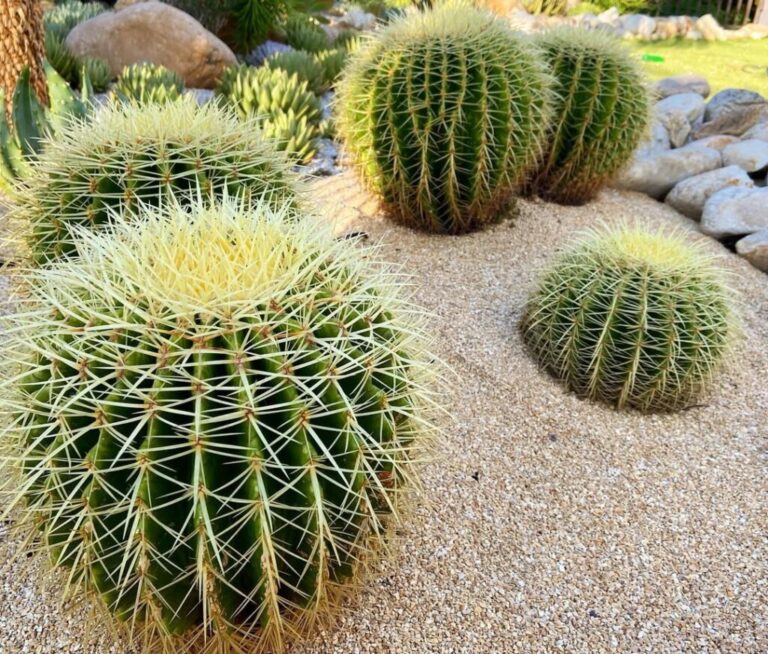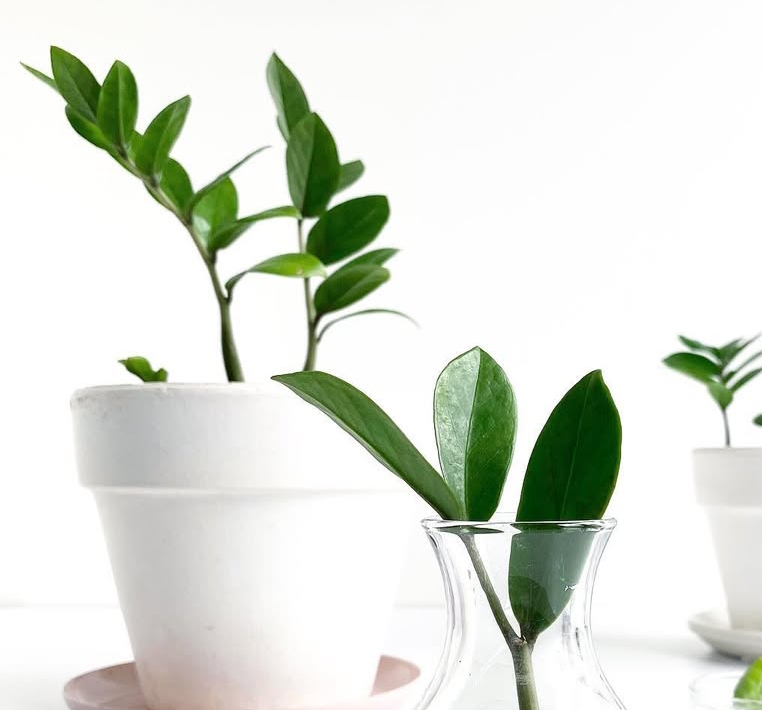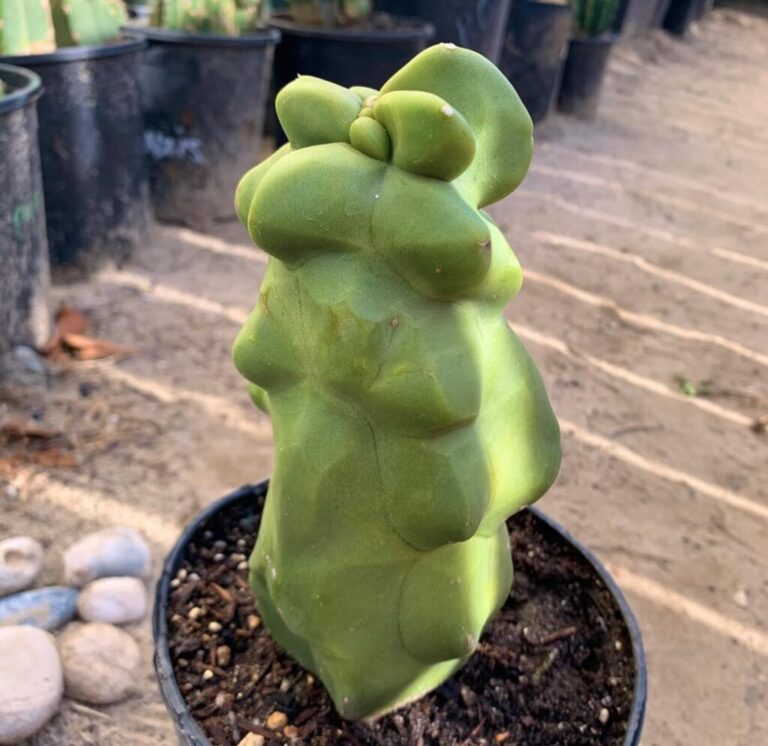Olive trees have been cherished for centuries for their delicious fruits and versatile uses. Whether you are interested in producing your own olive oil or preserving the fruit for eating, harvesting olives is a rewarding process. However, for beginners, understanding the basics can seem overwhelming. In this guide, we’ll break down everything you need to know to successfully harvest olives, from tree varieties to sustainable practices.
- 1 Olive trees
- 2 How to Identify Olive Tree Variety
- 3 How to Harvest Olives
- 4 Handpicking
- 5 Mechanical Harvesting
- 6 Best Time to Pick Olives
- 7 Harvesting Olive Trees in Different Climates
- 8 Olive Tree Pruning for a Better Harvest
- 9 How to Improve Olive Tree Productivity
- 10 The Role of Pollination in Olive Harvest
- 11 Harvesting Olives for Oil Production
- 12 Sustainable Harvesting Practices
- 13 Different Methods for Harvesting Olives
- 14 Olive Harvesting Equipment
- 15 Troubleshooting Olive Harvesting Problems
- 16 Sorting and Processing Olives After Harvest
- 17 FAQs About Olive Trees
Olive trees

How to Identify Olive Tree Variety
Before you start harvesting, it’s important to understand the variety of olive tree you have. Different varieties mature at different times and have varying characteristics. Here’s how to identify your olive tree:
Leaf Shape and Size: Olive varieties can have varying leaf shapes. Some, like the Arbequina, have smaller, narrower leaves, while others, like the Koroneiki, feature larger, broader leaves.
Fruit Colour: The ripeness of olives is signified by their colour. Arbequina olives, for example, turn brownish when ripe, while Kalamata olives ripen to a dark purple colour.
Tree Shape: Olive trees can vary in size and shape. Some varieties are small and bushy, while others are tall and slender, affecting how you harvest.
Knowing your tree’s variety helps ensure that you harvest at the right time, leading to better fruit quality and yield.
How to Harvest Olives
Harvesting olives requires careful planning and the right tools. There are two main methods: handpicking and mechanical harvesting. Here is what you should know about each technique.
Handpicking
The traditional method involves gently picking olives by hand, a method that allows for higher control over the fruit quality. To handpick olives, spread nets or tarps beneath the tree to catch falling olives. Using a gentle touch, pluck the olives from the branches, making sure not to damage the tree or fruit. This method is ideal for small-scale operations or those with fewer trees.
Mechanical Harvesting
For larger groves, mechanical harvesting may be a better option. This method uses machines that shake the tree, causing the olives to fall onto a conveyor belt or collection system. While faster than handpicking, mechanical harvesting can sometimes damage delicate olives and isn’t suitable for every type of olive tree.
Best Time to Pick Olives
The timing of the olive harvest is crucial for producing high-quality oil or table olives. In general, olives are harvested in the fall, between October and December. However, the best time depends on your tree’s variety and your location.
Ripe Olives: You can tell if olives are ripe by their colour and texture. They should be plump, firm, and have a uniform colour.
Variety-Specific Timing: Different olive varieties ripen at different times. For example, some varieties may mature earlier in the season, while others may take longer.
Harvesting Olive Trees in Different Climates
The climate plays a significant role in determining when your olives are ready for harvest. Here’s how different regions affect the timing:
Mediterranean Climate: In this traditional olive-growing region, olives ripen early, from late September to early October.
Colder Regions: If you live in a cooler climate, olives may ripen later in the season, around November or December. Pay close attention to the specific needs of your variety to determine the perfect time to harvest.
Olive Tree Pruning for a Better Harvest
Pruning your olive tree is an essential part of maintaining its health and improving its fruit yield.When the tree is dormant in the winter, pruning is most effective.Here are some tips for efficient pruning:
Remove Dead or Diseased Branches: This keeps the tree healthy and allows better air circulation.
Thin Crowded Branches: Eliminate branches that cross over each other to prevent overcrowding.
Promote Light Penetration: Pruning can help ensure that sunlight reaches all parts of the tree, promoting even fruit growth.
How to Improve Olive Tree Productivity
To get the best yield, regular maintenance is essential. Here are some tips:
Fertilisation: Apply slow-release or organic fertilisers in the spring to provide the nutrients necessary for fruit development.
Watering: Olive trees are drought-tolerant but need consistent moisture during fruit growth.Root rot may result from overwatering, so exercise caution.
Pest Control: Regularly inspect for pests like the olive fruit fly. Using natural pest control methods or organic pesticides can help keep your tree healthy.
The Role of Pollination in Olive Harvest
Most olive trees are self-sterile, meaning they need pollen from another tree to produce fruit. Therefore, planting multiple trees of different varieties nearby can help ensure a successful harvest. Look for varieties that bloom at the same time for optimal pollination.
Harvesting Olives for Oil Production
When harvesting olives for oil production, it’s essential to pick them at the right level of ripeness. Overripe olives can lead to poor oil quality with increased acidity, while underripe olives yield less oil. After harvesting, sort the olives, remove leaves and twigs, and process them quickly to preserve the best flavour. Olive oil is most potent when extracted shortly after harvest.
Sustainable Harvesting Practices
Sustainability is key to long-term olive tree health and environmental stewardship. Here are some eco-friendly practices you can implement:
Water Conservation: Olive trees are naturally drought-resistant, so minimise water usage while still ensuring healthy fruit production.
Organic Farming: Growing olives without chemical pesticides or synthetic fertilisers helps maintain soil health and reduce environmental impact.
Manual Harvesting: While mechanical harvesters are faster, handpicking can reduce the environmental footprint, especially on smaller farms.
Different Methods for Harvesting Olives
Besides handpicking and mechanical harvesting, other methods include using nets or tarps beneath the trees to catch falling fruit. In some cases, a combination of these methods is used to maximise efficiency and fruit quality.
Olive Harvesting Equipment
To harvest olives efficiently, you’ll need the right tools:
Hand Harvesting Tools: A small rake or comb and nets or tarps for collecting fallen olives.
Mechanical Harvesters: Shaker heads and collection systems designed for large-scale harvests.
Pruning Tools: Shears and saws for maintaining tree health.
Troubleshooting Olive Harvesting Problems
Even with careful planning, issues may arise. Here are a few typical issues and their fixes:
Premature Fruit Drop: This can occur due to weather stress, pests, or poor irrigation.Determine what’s causing it and fix it.
Overripe Olives: If you miss the ideal harvesting window, overripe olives can be used for brining instead of oil production.
Sorting and Processing Olives After Harvest
Once your olives are harvested, they need to be sorted by size and quality. Remove any leaves, twigs, or debris before processing. For oil production, press the olives within 24 hours of harvest. If you plan to eat the olives, you can cure them through various methods, including brining, water curing, or lye curing.
By following these steps, you’ll be well on your way to a successful and productive olive harvest, whether you’re growing olives for oil, eating, or simply for the enjoyment of their beauty. Happy harvesting!
FAQs About Olive Trees
How long does it take for an olive tree to bear fruit?
Olive trees usually take 3–5 years to start producing fruit, but full production can take 7–10 years depending on the variety and growing conditions.
Can I grow an olive tree indoors?
Yes, dwarf olive trees can be grown indoors if they receive at least 6 hours of direct sunlight daily. A south-facing window or grow light is ideal.
How much water do olive trees need?
Olive trees are drought-tolerant and prefer deep but infrequent watering. Water young trees once a week and mature trees once every 2–3 weeks, depending on climate.
Do olive trees need full sun?
Yes, olive trees require at least 6–8 hours of direct sunlight per day for healthy growth and fruit production.
Can olive trees survive cold winters?
Most olive trees can tolerate temperatures down to 20°F (-6°C), but prolonged frost can damage them. In colder regions, plant cold-hardy varieties like ‘Arbequina’ or grow them in pots to bring indoors during winter.
How do I prune an olive tree?
Prune olive trees in late winter or early spring to remove dead or crossing branches and shape the canopy for better airflow and sunlight penetration.
What type of soil do olive trees prefer?
Olive trees thrive in well-draining, sandy or loamy soil with a slightly alkaline pH of 6.5–8.5. Avoid heavy clay soils that retain too much moisture.
Can I grow an olive tree from a cutting?
Yes, olive trees can be propagated from cuttings. Take a 6–8-inch semi-hardwood cutting, dip it in rooting hormone, and plant it in well-draining soil. Keep it moist until roots develop.
Do olive trees need fertilizer?
Yes, feed olive trees with a balanced fertilizer twice a year (spring and summer) to support growth and fruit production. Use a fertilizer with nitrogen, phosphorus, and potassium
How long do olive trees live?
Olive trees are long-lived and can survive for several hundred to over a thousand years with proper care. Some ancient trees still produce olives today!










